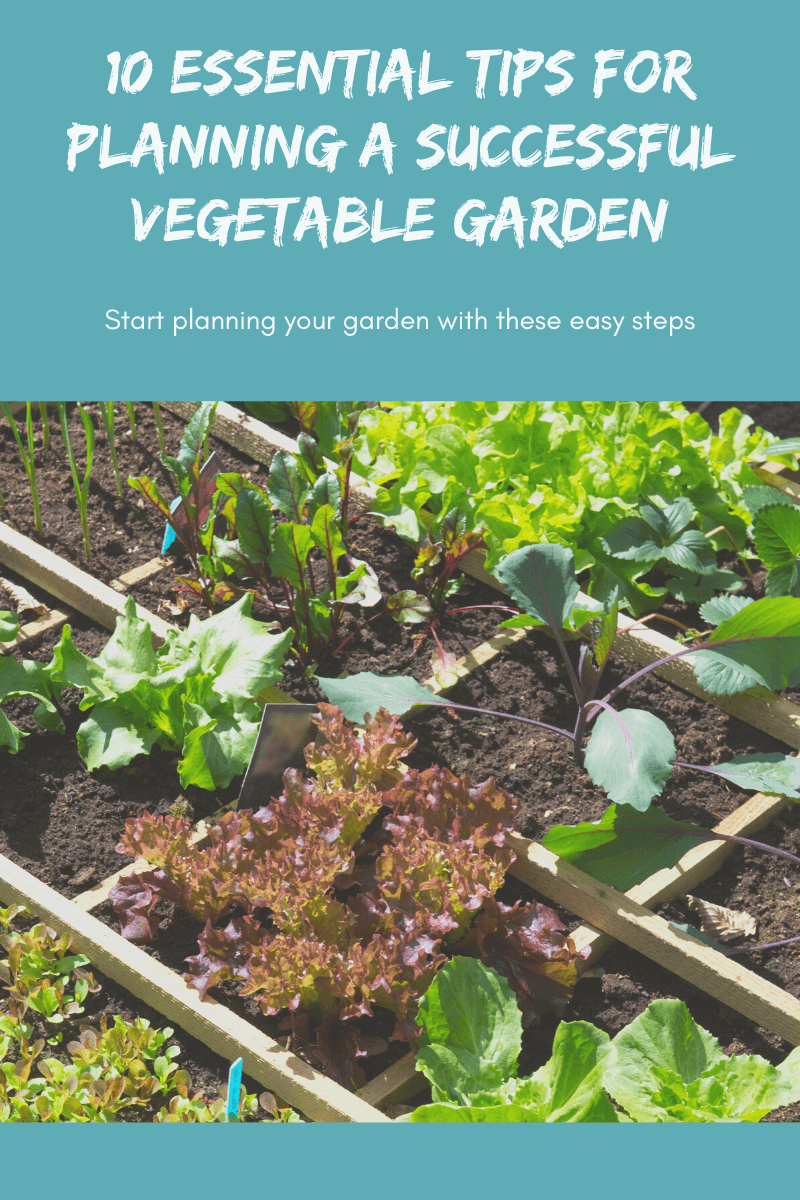 Planning Your Garden
Planning Your Garden✅ You are ready to start planning your garden.
✅ You know how much space you have and how much sun each part of the garden gets.
✅ You have an idea of how you want the layout to go and whether you are planting in rows, neighborhoods or square foot gardening (SFG).
So now what?
So many people sit down at this point to start planning the garden but don’t know where to start and how to plan the garden.
These tips should help you get started on your plan and it’s how I plan my garden each year. (Note: that if you had a garden the previous year it’s good to rotate the crops and plant things in different spots each year.)
So the vegetables and their companions get added in like this:
1. Fussy Crops
When working up a garden plan, the first plants to place are the fussiest ones—the frost-sensitive, warm-season crops. Examples are tomatoes and peppers. These need the sunniest spot you can find, ideally sheltered from chilly winds. We’re talking about prime real estate! Look in terms of hours of sunlight, if your garden doesn’t get all day sun. These plants will want 8-12 hours so the most sun your garden offers will suit them best.
Also consider height, placing tall plants like tomatoes where they won’t shade out something shorter (unless that veggie needs some shade in the heat of the day).
Corn also goes towards the back of a garden so it doesn’t shade other plants; set out corn in a block formation to encourage better pollination and fuller cobs. It’s wind pollinated so you want the pollen to swirl around in a square patch vs blow away from a long row.
2. Vertical Crops
Anything you are putting on a trellis. In my garden the trellises take up a bit more space around them and create shade when covered with plants so I put these in next. We need to be mindful of shade because plants that are behind them will receive less sunlight once they reach full height. One great thing for a garden is to have arches run through the middle, creating more vertical space and making an eye-catching centerpiece perfect for climbing beans. Once they’ve grown up and leafed out, the area behind them gets somewhat shaded from the midday sun, so consider this for …
3. Shade-Loving Crops
In a shadier bed, place cool-weather crops such as broccoli. If you’re in a hot climate, then shadier areas are very much your friend and could prove invaluable for growing cool-season favorites like leafy salads and spinach.
A bed that is shaded for much of the day but still manages a couple of hours of direct sunshine (to help things along) is the perfect spot for salads, and as well as luscious leaves; add rows of salad onions, radishes, and beets or beetroot.
4. Sprawling Plants
Next up are the sprawling plants—typically also tender crops, such as squash, zucchini or courgettes, melons, and sweet potato. It makes sense to set these sprawlers towards the edge of the garden, sunshine allowing, because here they can spread out across paths or onto surrounding paving or lawn without fear of them smothering less rambunctious plants. If you are tight on space, many vining plants can be grown on a trellis. I grow butternut squash on a trellis to utilize vertical space over the ground space for the vines.
5. Staple Crops
With the prime spots filled in, it’s time to position what’s left. Other vegetables like potatoes, onions, and most root crops will appreciate at least five hours of direct sunshine but will still grow okay (just a bit slower) if they get a little less than this.
6. Thirsty Crops
Last summer was hot, which made watering a big job! You can take the strain off watering by growing thirsty crops like celery in an area of the garden that holds soil moisture for longer or try grouping water-intensive crops together so it’s easier to water them in one go.
With the outline of the plan in place, we can now start moving crops around to get the perfect plan. I like to start adding companion herbs and flowers that will be beneficial to the veggies I’ve placed.
7. Convenience of Crops
Convenience is always worth considering for things like watering and, of course, harvesting. Since I have SFG beds and plant each 1 foot square with different plants I like to imagine how I access the plants as I plan it. With a 4 foot wide bed, if I place a trellis for cucumbers on one long side and have something else that I’m picking frequently on the other long side, then I will aim to put something that doesn’t need access in the middle, that I can plant and just leave alone until later in the season.
8. Flowers & Herbs for Pest-Defense
Don’t forget to include plenty of nectar-rich flowers in your vegetable garden. These will attract both pollinators and pest predators like hoverflies. Poached egg plants, calendula, and nasturtium are great choices along the main path, and made an effort to tuck in a few flowers within the beds themselves. They add a stunning splash of color while attracting the sorts of beneficial bugs any gardener would be thrilled to see.
Many herbs can be helpful for this too. Planting dill, rosemary, sage, garlic and onions near plants that are ok being neighbors with them (not all are) will help deter pests and benefit your other veggies.
9. Planting companions
These are plants that have beneficial synergy with the veggies you are growing. Some give off nematodes, fix nutrients in the soil, or add other benefits to neighboring plants. I have been collecting my own companion planting list over the years both from reading what other gardeners share and from my own experience. So as I wrap up my garden plan I make sure the neighborhoods are all friends and like being next to each other. Adding in little beneficial plants (like a borage plant in a strawberry patch) can make a huge difference in the harvest for the next season. And, there are plants that compete for nutrients or give off those same things that can benefit one plant but another might not like it– so check the dislikes list too.
10. Avoid creating a buffet
Lastly, I consider the overall layout of the gardens. There are families of plants that can attract the same insect pests or are sensitive to the same types of disease. So, for example, I make sure that not all my brassicas (brocolli, kale, brussel sprouts, and kohlrabi) are near each other in a way that creates a buffet for an insect infestation. Likewise for the squash family.
Scattering these plants intermingled with other plants helps slow down any insects so they can't just eat their way through a patch. Having them scattered around helps to guarantee that if a plant gets attacked by an insect or disease then my whole crop for that plant isn't affected. The insects might not find the other plants in a different area and the plants aren't close enough for a disease to spread from one to another. Planting flowers and herbs in-between and around them helps too by adding strong scents that will confuse the insects.
Now that we have a good start on the garden plan, next it’s time to get seeds. Check back for the next post on Getting seeds for your garden.
If you are just getting started and need a journal to keep your garden plan and notes in-- grab my Gardening Journal-- 7 independent pages (you can mix and match to use what you need) and comes with my Companion planting chart. Download here.






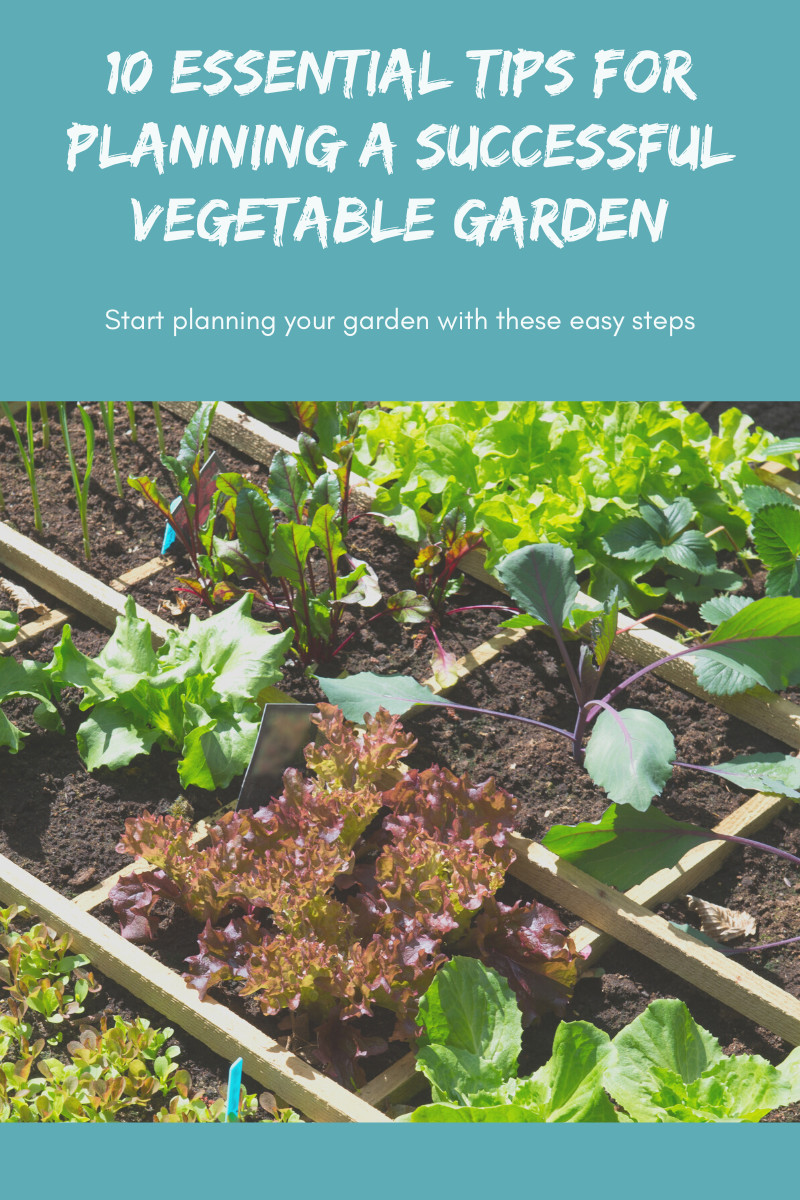
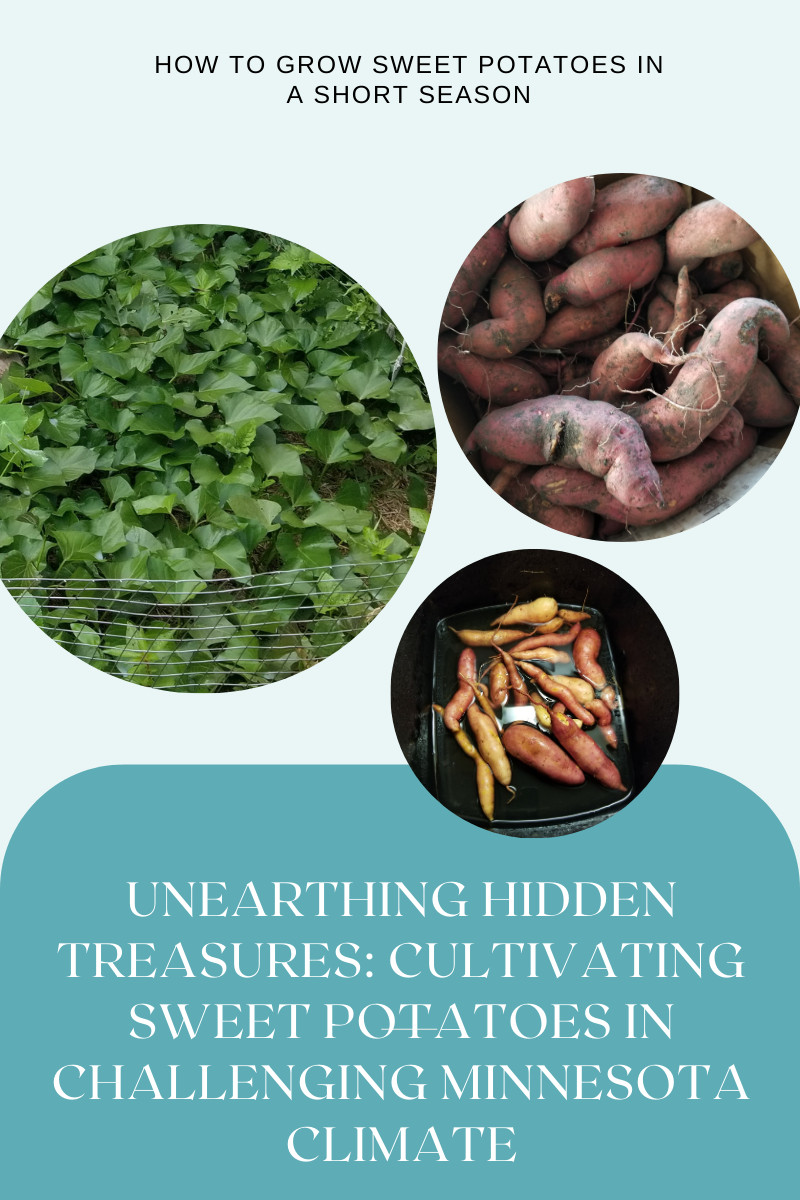

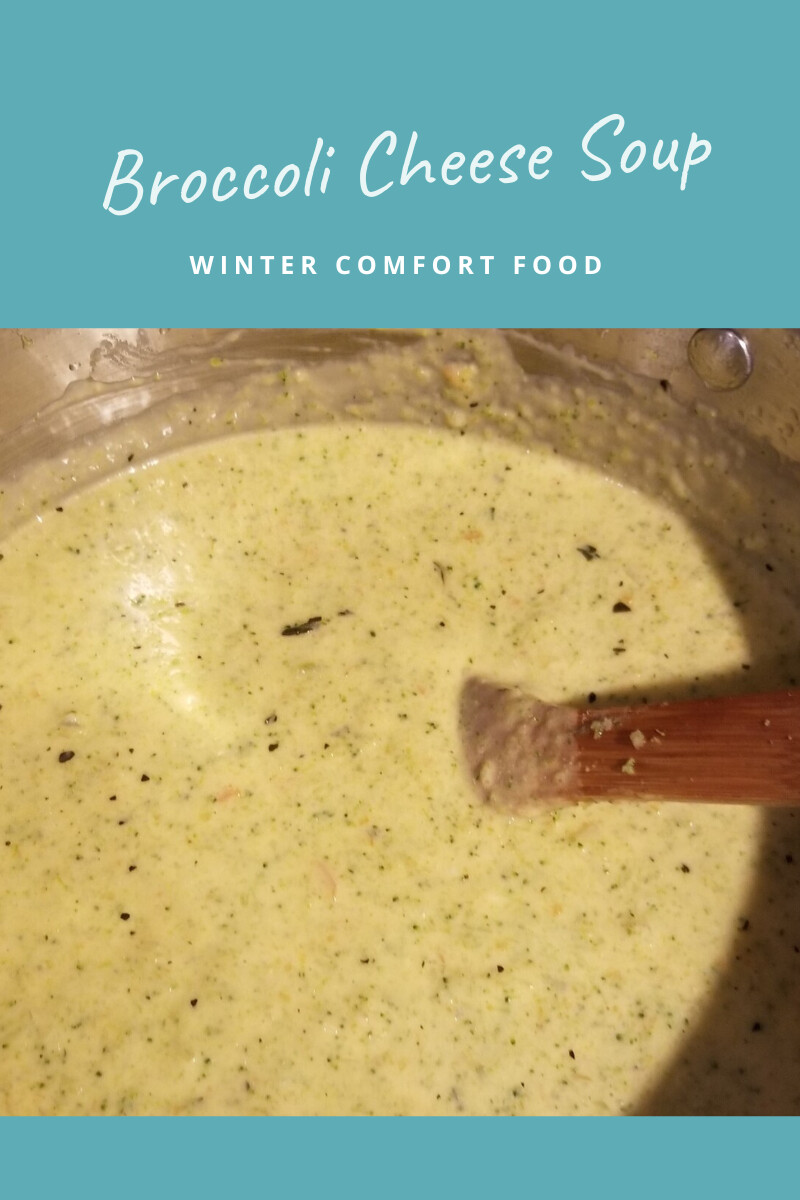
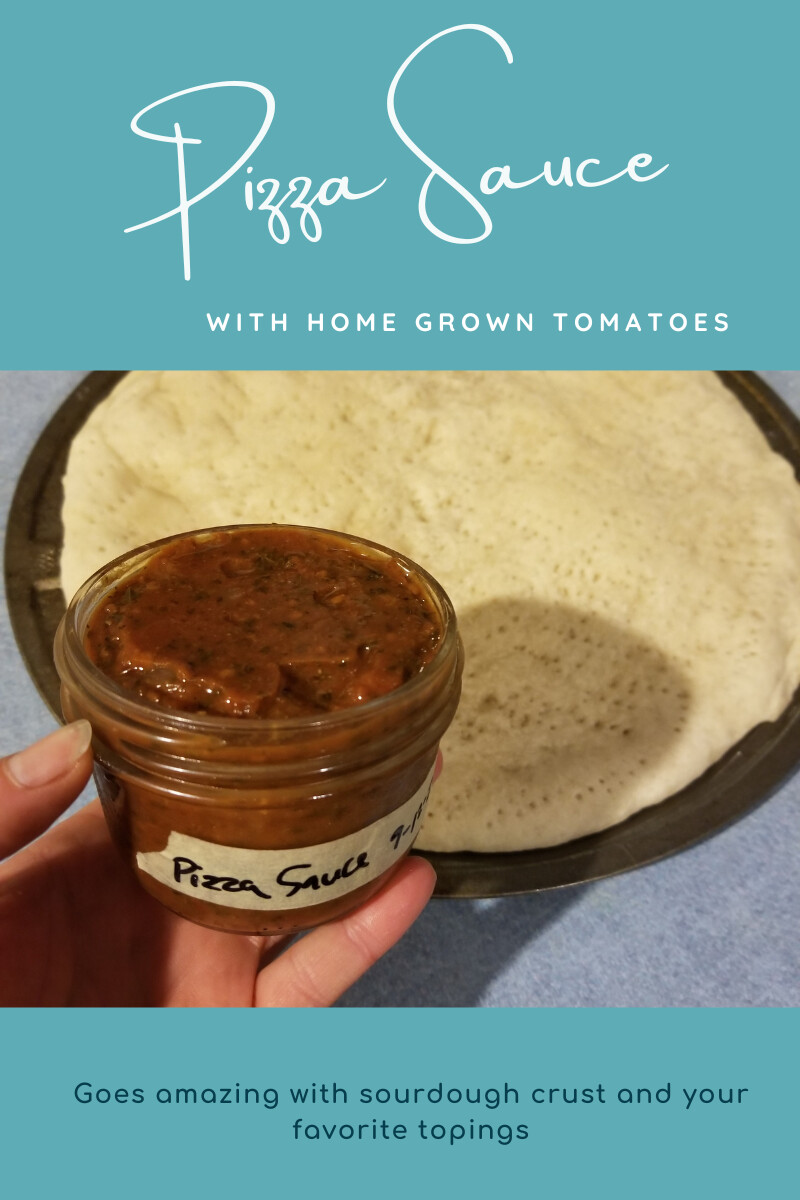
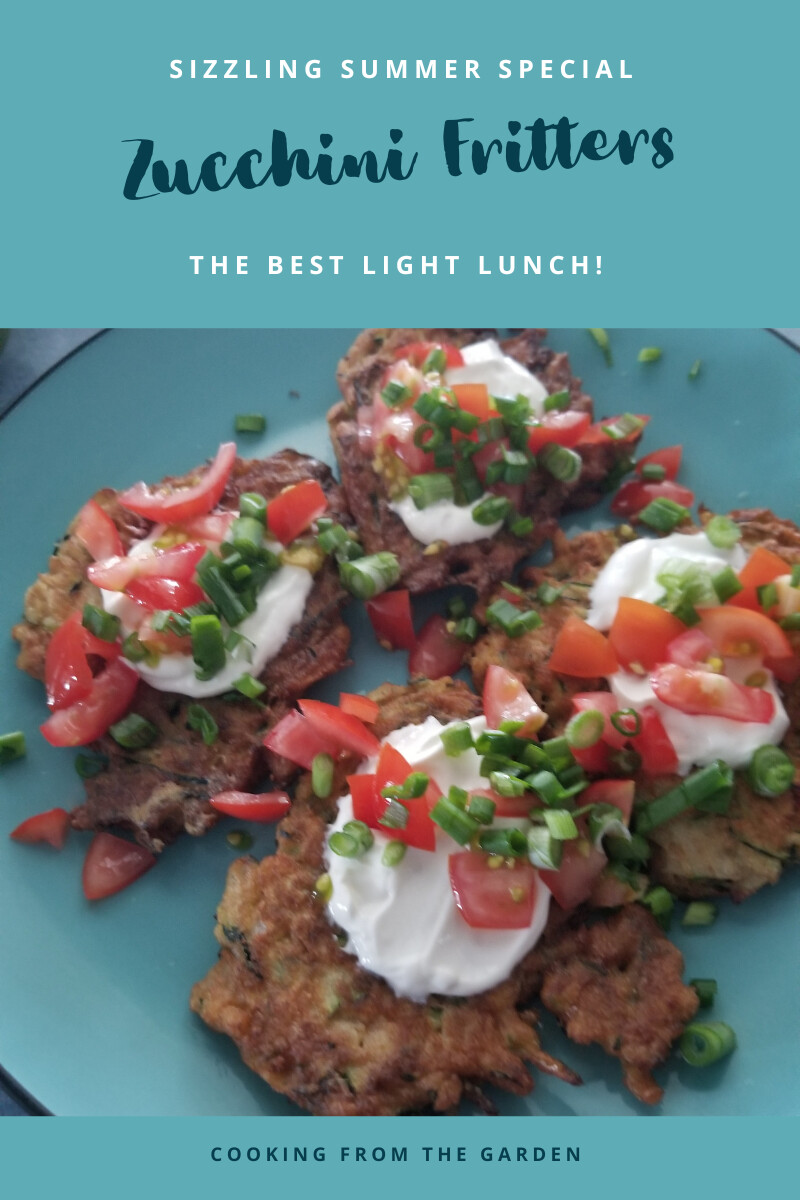

0 Comments